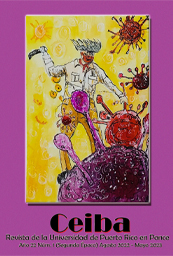Abstract
Selenite (Se(IV)) is the more toxic form of selenium due to its bioavailability. The alginate Fe(III) beads, a biodegradable adsorbent and dried sludge, a waste from water filtration plants, were used for the removal of selenium oxyanions at trace levels from water. The addition of iron into the alginate and as ferric chloride in the sludge, enhance the adsorption efficiency towards selenite ions. The adsorption behavior was better fitted using Freundlich isotherms models due to the roughness of both surfaces. The Freundlich parameter k for Se(IV) were 0.407 (alginate) and 0.100 (sludge) (mg/g)(L/mg)n indicating a better relative uptake capacity when the alginate Fe(III) beads were used. Our results suggest that the main mechanism of removal of selenite oxyanions was due to the formation of outer-sphere complexes, which involves electrostatic attraction. Our results demonstrate that alginate Fe(III) beads are better adsorbent, whereas the sludge could be widely available. Our work presents the alginate Fe(III) beads and the dried sludge as green adsorbents, which both could be used to remediate trace levels of selenite oxyanions from contaminated drinking and groundwaters.

